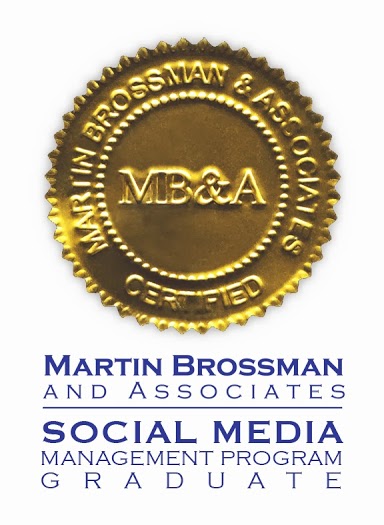I listen to a lot of internet marketing advice, and I subscribe to blogs about productivity and email management, and I hear advisers telling me to “train my readers to open my email” and “plan your mailing to get your email opened” and “manage the customer experience” and all sorts of other blather that’s beginning to go a bit stale. You are not in charge of the customer experience. You can do a good bit to help the customer have a better experience in doing business with you, and most of us in business should probably do more. But you are not in charge. You are (so) not in charge.
I’ve heard, and perhaps I’ve even given, advice to be cautious about accepting requests from Linkedin Connections who “don’t write a personal note.” I teach this stuff. OK. Today, Linkedin went off on a jag of its own, and sent out 12 requests for connection without offering me the opportunity to customize the message in any way. Oops. Better eat those words quietly. I was completely ready to customize the message, to “hide email addresses from recipients” so they wouldn’t be able to tell it was a group request (cross check against my Gmail address book), even to send the requests individually. But no. Linkedin jumped in and ran. And now 12 new people “think” I’m a goober who can’t be bothered to write a tailored introduction.
Maybe I’ll never write a tailored intro again, and simply default to the canned message, and then I’ll find out who thinks they “control the customer experience” according to who refuses the connection.
In a second example, I received a “request for confirmation” (opt-in) email from someone I’d purchased products from six months ago. I wrote to ask why I was getting this opt-in message now, when I’d been on his mailing list for a good while. He replied that he was changing providers and the new provider required a confirmation (which is, by the way, good practice). I replied that he could have included that fact in the requesting email.
Four days later, I found his first email, buried in my in-box. He had explained everything. However, I hadn’t seen it. Now, on one hand, I’m the fool, for replying with a pointed suggestion. OTOH, he sent two emails where one would do, doubling the chances of a misfire. We’re even.
The larger lesson? Be careful about drawing larger lessons when technology is involved.
I’m probably not the only person with friends who read email on their phones, who regularly DON’T see the second paragraph because they have replied to your first paragraph quickly. Clearly, Linkedin has different data flows, depending on how you come into the system. There’s probably a switch in my email application that would make it process “read” and “unread” in a different direction, rather than marking “unread” items as “read” in the wrong direction according to my habits, and maybe I’ll go look for it.
Or maybe not.



Follow Us!